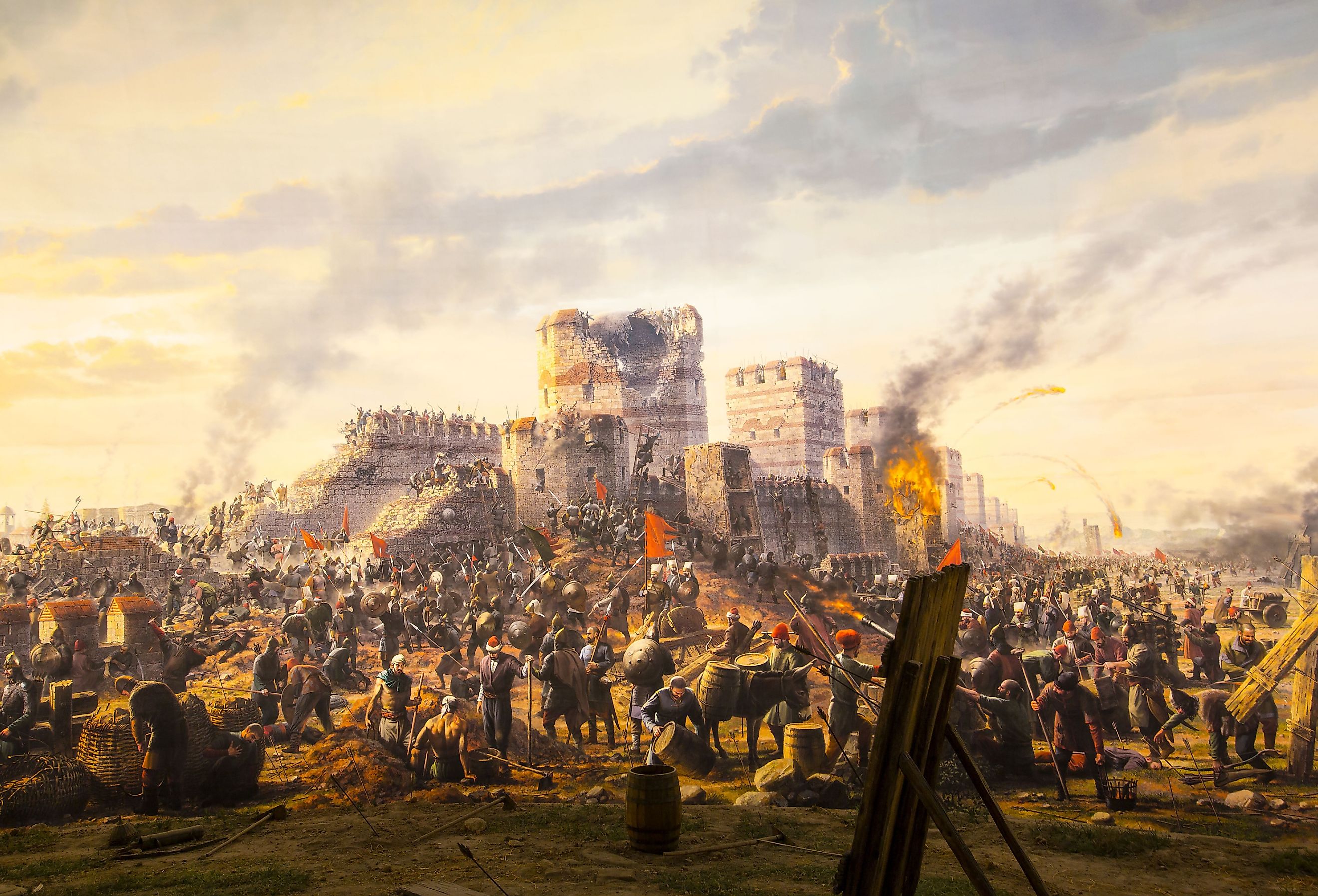
The Fall Of Constantinople
Constantinople was once described as a city of the world's desire, but by the middle of the 15th century, it was a shell of its former self. The city was brutally sacked by marauding Crusaders during the Fourth Crusade in 1204 AD and never truly recovered. Regardless of the seemingly hopeless situation, the Eastern Romans, often referred to as the Byzantines, were able to regain control of the city and still held territory in parts of Greece and Western Anatolia.
Even though the Romans could claw back some of their land and power, they were beset on all sides by hostile nations and were now facing a particularly formidable foe—the Ottoman Turks. The Turks are thought to have arrived from Central Asia into Anatolia in various waves of migration starting as early as 900 AD. A massive influx of new arrivals had settled the land after the Mongol conquest in the 1200s. It was during this tumultuous and chaotic time that the early Ottoman Empire would emerge as a new power in the region.
The Ottomans quickly swallowed up the remaining Roman territory in Anatolia and made considerable gains in Greece and the Balkans. By 1450, the Roman part consisted only of Constantinople and a few small holdings around Athens. It was clear to the Ottomans and the Romans that an attack on Constantinople was imminent. The Ottomans assembled a mighty host consisting of more than 60,000 men. The Romans, in a desperate attempt to stave off total defeat, mustered what little resistance could and sent out a message pleading to the Christian kingdoms of Europe to come to their aid.
Background
The Romans Only Hope
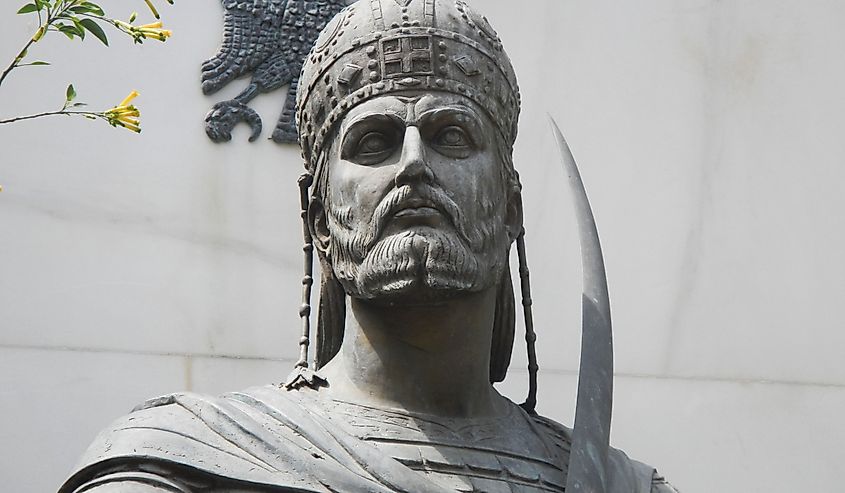
Constantinople was no stranger to war or siege. The city had been attacked countless times both by its Muslim neighbors to the east and by its Christian neighbors to the west. Despite being assaulted at least 36 times in its history, it was able to push back enemy armies time and time again. This was thanks to two crucial features the city had at its disposal. The Theodosian Walls and its geography.
The walls get their name from the man who built them, the Roman Emperor Theodosian. Constructed in 413 AD, these walls essentially turned Constantinople into a fortress. Forces attacking the city would have first faced a 7-meter-deep trench that lay well within the range of the walls for defenders to hurl various projectiles at anyone who approached. The attackers would have then been tasked with trying to scale three sets of barriers that each got progressively taller and better fortified. The third and final wall was more than 5 meters thick and was impervious to siege weapons of Late Antiquity and the Medieval Age.
Constantinople was also built at the end of a small peninsula, meaning that a complete encirclement of the city was impossible by land. The port that Constantinople used could also be blocked off by a large chain that was pulled across the mouth of the harbor, stopping any invading ships from entering. These near-impregnable defenses had served the Romans for centuries and could repel all manner of enemies from the past. Still, the Ottomans introduced a new and devastating weapon to the equation.
The Gunpowder Age
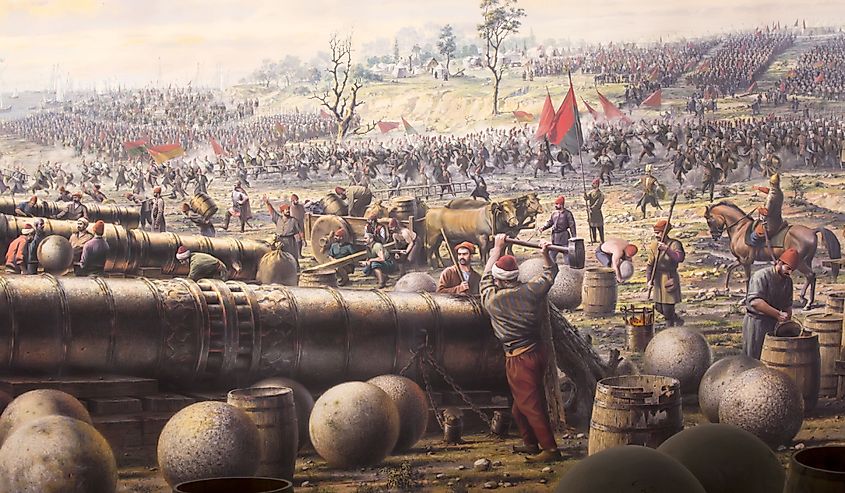
By the early 1400s, the Ottoman Empire commanded one of the most powerful armies in the world. The Turks had made considerable advancements in using gunpowder and could construct absurdly large cannons called bombards. The weapons of war were so large and so powerful that they often took hours to reload after they had shot. Despite their cumbersome nature, their effect on the stone fortifications of cities and castles was beyond horrific.
The bulk of the Ottoman force comprised well-trained and well-equipped troops. Most of which had seen combat in the various wars against the Christian nations in the Balkans. A large contingent of the Ottoman army consisted of the fabled Janissaries. These elite, professional soldiers were made up mainly of enslaved people who, from a young age, were forcibly taken from Christian lands in the Balkans, converted to Islam, and then trained how to drill and fight. Although brutal by today's standards, the results were undeniable. The Janissaries were among the most feared and respected military units for centuries and had built up a well-deserved reputation for their bravery and skill in combat.
The Ottomans destroyed a Crusader army that was sent against them in an attempt to push them out of Europe at the Battle of Varna in 1444. This decisive victory would guarantee that the Romans would not receive help from fellow Christians and would be fighting the Turks alone. Aside from a handful of troops who arrived from the Italian City States, the Romans were left to fend for themselves.
A Plea Falling on Deaf Ears
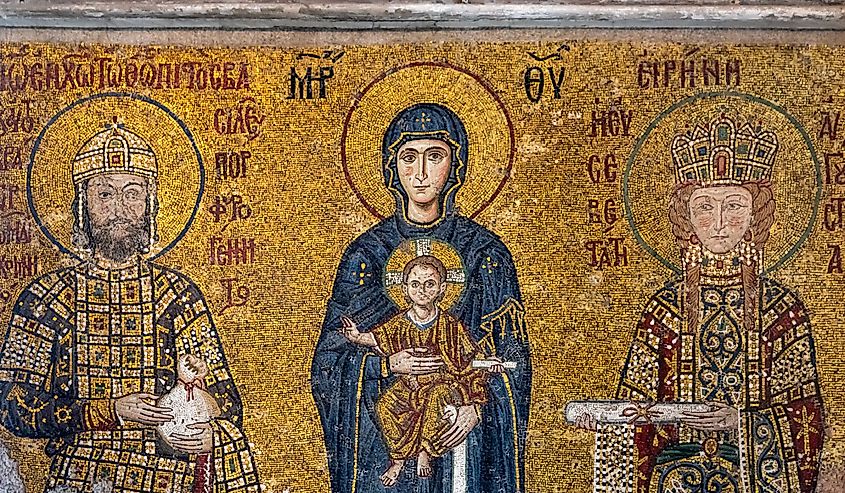
Despite Constantinople being one of the most critical cities in Christianity, the other Christian powers of Europe showed little interest in aiding the Romans against the Muslim Turks. It is important to remember that Catholic Western Europe and Orthodox Eastern Europe had been at odds for centuries. While there are, of course, instances of the two groups working together, both sides often had less than stellar opinions of one another or even considered the other faction outright heretical.
Since the Great Schism in 1054, relations between Orthodox and Catholics had been cold at best and mindlessly violent at worst. It was, after all, fellow Christians who sacked and nearly destroyed Constantinople all those years ago during the Fourth Crusade.
Sending military aid to the Romans would have been incredibly impractical for many European monarchs as well. The rulers of Castile, France, England, and the Holy Roman Empire had petty wars and disputes to worry about. Diverting large amounts of troops to a far-off nation would have only left themselves open to attack from hawkish neighbors just waiting for a moment of weakness to pounce. Religious differences aside, the reason most Catholic armies did not help the Romans was out of practicality more than holding on to past grudges.
The Seige
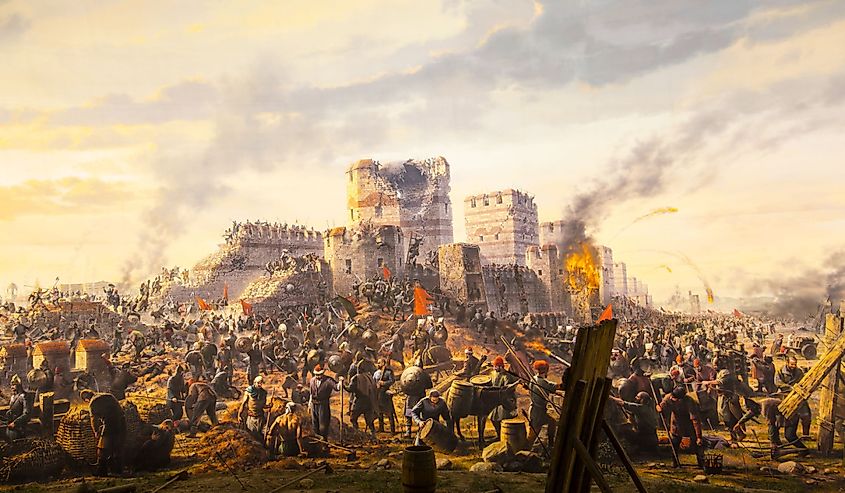
The Ottomans arrived outside the Theodosian Walls on April 2, 1453. Immediately, they began to set up batteries of cannons and started to bombard the Roman defenses. At first, it appeared as though the walls would be able to survive yet another siege, but once the large bombards, whose sole purpose was to punch through the thick walls of Constantinople, started to fire, it was clear that the Ottomans had the upper hand.
Bit by bit, the walls were torn down into rubble. When breaches in the walls were finally made, the Ottoman troops serged towards the walls. The outnumbered and outgunned defenders repelled numerous attempts to take the city. At night, the Romans made sure to try and repair any damages the best they could. Ironically, in many cases, the impromptu stockades and barricades were much more effective at absorbing cannon balls first than the walls themselves. But despite their best effort, the Roman soldiers and militia were only delaying the inevitable.
The Golden Horn
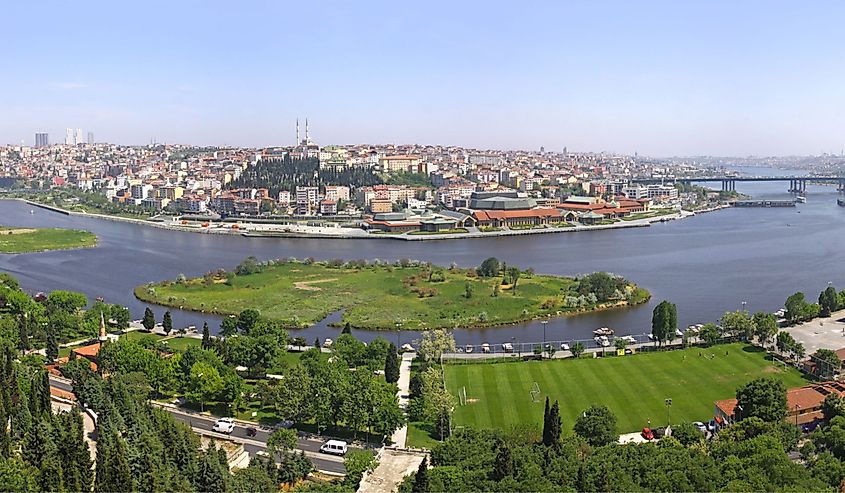
With the assault on the walls taking longer than expected, Mehmed II, the leader of the Ottomans, looked towards the front of the sea for progress to be made. On April 20th, three ships from Genoa, sent by the Pope, carrying grain and supplies, could slip through the Ottoman blockade and provide the Romans with much-needed relief, who were chronically short on food.
In a stroke of genius, Mehmed and his officers devised a plan that would allow Ottoman ships to get around the giant chain that was draped across the harbor of the city. Pulling 70 ships overland with the help of oxen and soldiers, Mehmed landed a large portion of his navy directly into the city's harbor and lifted the chain. The rest of the Ottoman fleet poured in and opened a second front in the siege.
The defenders, already short on the workforce, had no choice but to divert forces off the Theodosian Wall and into the seawall to help repel attacks there. Now weaker than ever Mehmet ordered a full-on assault on the city only a few days later.
The Final Push
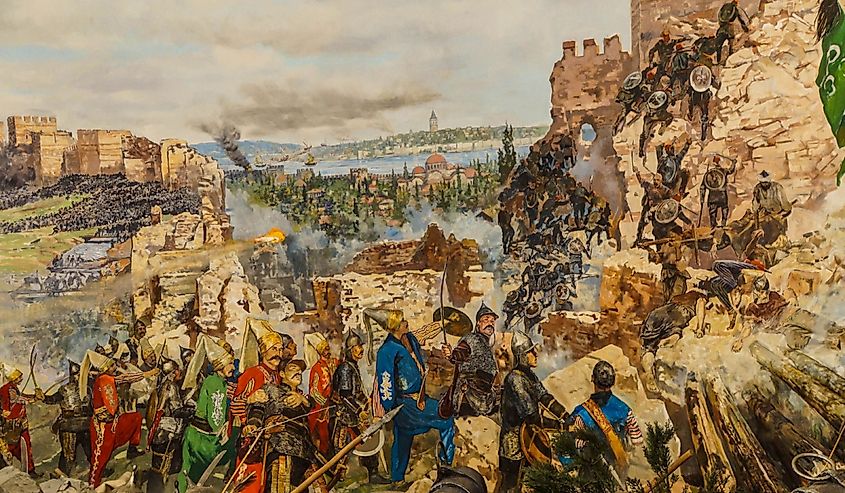
On May 29th, the Ottomans launched an all-out attack against Constantinople. The Roman forces were now so desperate and depleted that they were using women and children to defend certain parts of the city. Despite the sheer amount of soldiers that were now attacking the walls, the first two attempts to take the city were halted by the tenacious Romans. Only on the third attack, led by the elite Janissaries, did the Ottomans break through.
Tragically, for the Romans, someone had left a gate open the night before, and the Ottomans were quick to take advantage. The Janissaries swept away the stubborn resistance around the entrance and raised an Ottoman banner, signaling the rest of the army to flood into the city.
Loot and Plunder
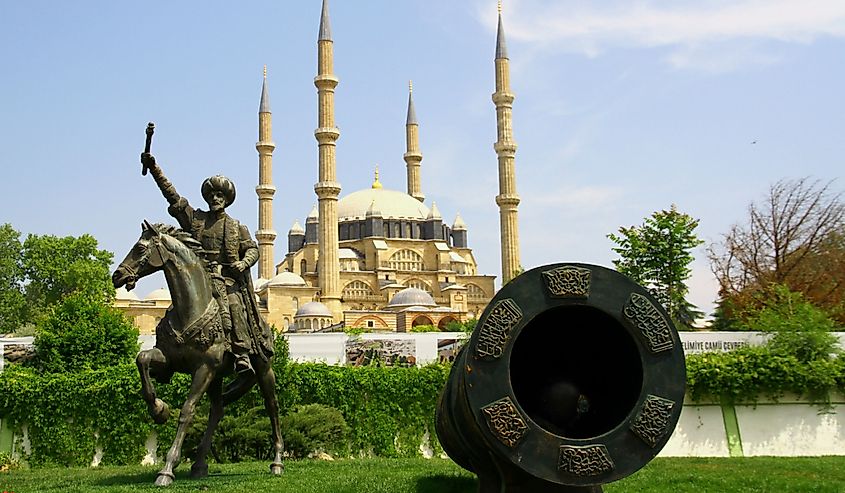
Once the defenders realized what was going on, panic started to set in. Some threw down their arms while others rushed back to their homes. It is said that Constantine XI Palaiologos, the last Roman Emperor, threw off his royal regalia and led a final charge into the Ottoman troops before being killed in the melee.
During the siege, Mehmed had offered to stop the attack if Constantine and the Romans paid tribute instead. Constantine refused. Upon hearing this news, Mehmed declared to his troops that they were free to loot and pillage the city for its gold and riches. When the Ottomans finally entered the city, that is precisely what they did.
It is estimated that 5,000 of the city's inhabitants were killed during the looting, while the vast majority were taken off to be sold as enslaved people. Dozens of churches, including the Hagia Sophia, were stripped of most of their valuables or were outright destroyed. Not wanting to inherit a pile of rubble, Mehmet called an end to the looting and bloodshed hours later and immediately ordered that the Hagia Sophia be converted into a mosque.
Constantinople had finally fallen.
Consequences
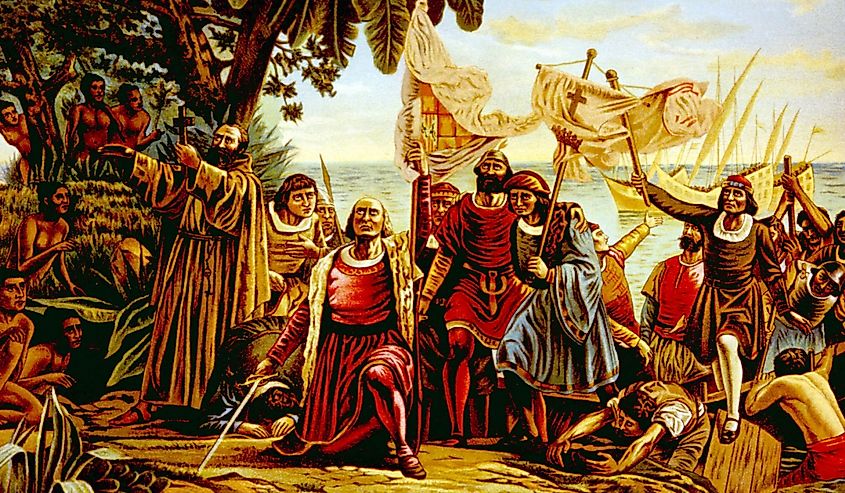
The capture of Constantinople would mark an emphatic end to the last remnants of the Roman Empire. For centuries, the Romans in the east would tenaciously cling to their legacy while being slowly picked apart from disastrous civil wars and expansionist neighbors. In the eyes of many historians, the conquest of Constantinople marked the end of the Medieval Era and ushered in the Early Modern Age.
The Ottomans would soon become the largest and most potent Muslim empire in the world and would pose a consistent and looming threat to the rest of Europe for the next 300 years. For his great victory at Constantinople, Mehmet would forever be known as Mehmet "the Conqueror" and set a solid and unmistakable precedent for the future Ottoman sultans.
Ottoman authorities quickly shut out most of Christian Europe (except for Venice) from the lucrative trade networks that led eastward into China and India. This forced nations like Spain and Portugal to look west for overseas routes into these lands. This would, of course, inadvertently lead to the Age of Discovery and result in the European colonization of the Americas, yet another world-changing event. This would make many of the Ottoman's future rivals much more affluent and more influential than ever before.
Constantinople would remain the capital of the Ottoman Empire and experienced yet another golden age during the height of Ottoman power and prestige in the 16th and 17th centuries. Even today, despite no longer being the political capital, Istanbul remains the cultural and financial center of Turkey.
Legacy
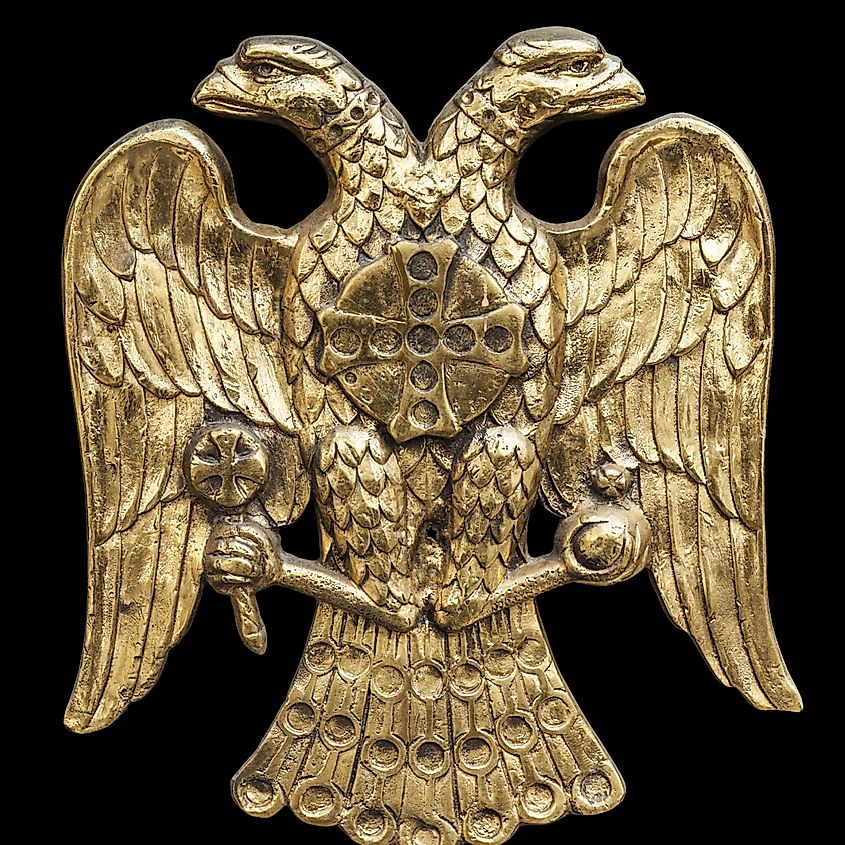
Today, the Roman Empire, notably the Byzantine Empire, has gathered a small yet passionate group of enthusiasts who obsess about everything from this incredibly unique and fascinating empire. While many people are under the assumption that the Roman Empire collapsed in the 5th century AD, it endured and, at times, even thrived in the east for another thousand years.
While most of Europe was experiencing a Dark Age in the wake of the collapse of the Western Roman Empire, the Byzantines were still carrying on the legacy of Rome. They were at the forefront of scientific breakthroughs and dozens of cultural achievements. If it were not for the Byzantines, we would know so little about the Romans today. The Byzantines went out of their way to protect and preserve so many historical records from the Roman Empire, not only from days leading up to the collapse of Rome but back into the early Republican period as well.
The capture of Constantinople is viewed in many different ways around the world. In the West, it is usually looked upon as a tragedy. Not only did this mark the official end of the Roman Empire, one of the "cultural mothers" of the Western World, but it also put an end to one of the bastions of Christianity after holding out for so long against Muslim aggression.
In Turkey, the city's fall is looked upon much more favorably. Large numbers of Turks see the town's capture as the "true" start of the Ottoman Empire, which is, of course, the precursor of the modern nation-state of Turkey. Even to this day, every May 29th, vast celebrations are held across the city to celebrate this great victory.
Conclusion
The Fall of Constantinople would signify the death of one of the greatest empires the world had ever known and signal the birth of another. The unintended consequences of this event eventually led to the colonization of the Americas and European global dominance that would last nearly 300 years.
It would also mark a transition into the Medieval Era and the Modern Age. The age of armor-clad knights and feudalism was slowly coming to an end. Funnily enough, the Middle Ages started and ended with the fall of the Romans.







